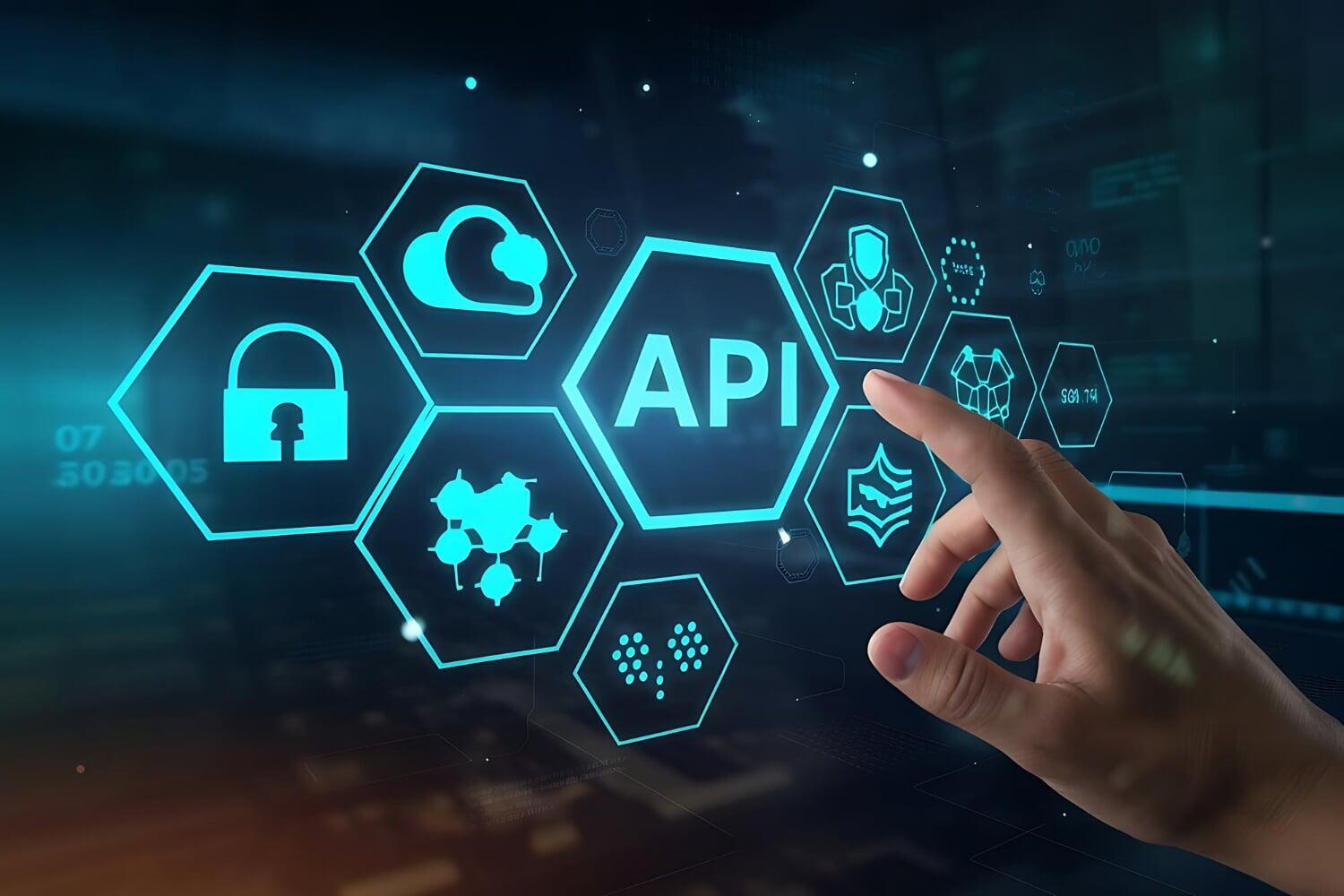
Introduction
Modern businesses live and die by their applications and APIs. Web apps handle customer interactions, while APIs connect payment gateways, mobile apps, partner integrations, and internal systems. This interconnectedness fuels growth—but it also widens the attack surface.
The 2024 Verizon Data Breach Investigations Report showed that over 40% of breaches now involve web applications or APIs. Attackers exploit weak authentication, poor authorization, and overlooked logic flaws because APIs and apps are often rushed to market under pressure to ship fast.
That’s where security frameworks come in. A good framework provides structure: principles, practices, and checkpoints that ensure security isn’t bolted on at the end but embedded into design, development, and deployment.
This article explains what API and app security frameworks are, why they matter, and how to apply them without slowing down your team.
What Are API & App Security Frameworks?
An API & application security framework is a structured set of guidelines, standards, and practices designed to reduce vulnerabilities across the software lifecycle. It’s not just about testing at the end—it’s about building guardrails from the start.
Key goals include:
- Consistency: Ensuring every app and API follows the same security rules.
- Coverage: Protecting against common vulnerabilities like SQL injection, IDOR (Insecure Direct Object References), and misconfigured authentication.
- Accountability: Mapping controls to compliance requirements (SOC 2, HIPAA, PCI DSS).
- Repeatability: Making security scalable across multiple teams and projects.
Think of a framework as a blueprint: it doesn’t replace testing, but it ensures you’re building on solid ground.
Core Elements of API & App Security Frameworks
1. Authentication & Identity
- Use strong authentication methods (OAuth 2.0, OpenID Connect).
- Enforce multi-factor authentication (MFA) for sensitive actions.
- Apply token expiration & rotation policies for API keys and JWTs.
2. Authorization & Access Control
- Follow the principle of least privilege (PoLP).
- Validate permissions server-side (never trust the client).
- Test for broken access control, one of OWASP’s top risks.
3. Input Validation & Data Handling
- Sanitize and validate all inputs (SQLi, XSS, command injection).
- Enforce strict schema validation for APIs (e.g., JSON schema).
- Encrypt sensitive data in transit (TLS 1.2+) and at rest.
4. Session & State Management
- Use secure cookies (HttpOnly, Secure, SameSite).
- Implement session timeouts and reauthentication for critical actions.
- Avoid predictable or reusable tokens.
5. Error Handling & Logging
- Show generic error messages to users; keep details in logs.
- Centralize logs and monitor for suspicious patterns.
- Ensure logs don’t contain sensitive information (passwords, tokens).
6. Secure Development & Testing
- Conduct threat modeling early in design.
- Use SAST/DAST tools alongside manual penetration testing.
- Integrate security checks in CI/CD pipelines (e.g., dependency scanning).
7. Continuous Monitoring & Incident Response
- Monitor API usage for anomalies (e.g., excessive requests).
- Detect and respond to brute force or credential stuffing attempts.
- Define escalation and containment playbooks.
Popular Frameworks & Standards to Know
OWASP Application Security Verification Standard (ASVS)
- A framework for testing web app security.
- Provides a structured checklist across authentication, access control, and data protection.
OWASP API Security Top 10
- Focused specifically on API risks.
- Highlights threats like broken object-level authorization (BOLA) and excessive data exposure.
NIST SP 800-53 / SP 800-204
- Federal security controls with detailed guidance for API and microservices security.
- Useful for organizations in regulated industries.
PCI DSS
- For applications handling payment card data.
- Requires secure coding practices, testing, and monitoring.
ISO 27001 / SOC 2
Broader compliance frameworks that map to application security practices.
Why Frameworks Fail (and How to Avoid It)
Many organizations adopt frameworks but still struggle with breaches. Why?
- Too much theory, not enough practice
- – Teams download checklists but never integrate them into workflows.
- ✅ Fix: Automate checks in CI/CD; assign ownership for each control.
- Over-reliance on tools
- – Scanners miss business logic flaws.
- ✅ Fix: Pair frameworks with manual penetration testing.
- Compliance theater
- – Passing an audit ≠ being secure.
- ✅ Fix: Treat frameworks as minimums, not maximums.
- Lack of developer buy-in
- – Security becomes “someone else’s job.”
- ✅ Fix: Train developers on why these frameworks matter, not just what to do.
Steps to Build Your API & App Security Strategy
- Step 1: Pick a Baseline Framework
- Start with OWASP ASVS + API Security Top 10.
- Add compliance-driven frameworks (SOC 2, HIPAA) if relevant.
- Step 2: Map Framework to Your Stack
- Example: REST API → OAuth 2.0, schema validation, rate limiting.
- Example: Cloud-native app → IAM hardening, container security controls.
- Step 3: Automate Where Possible
- Linting for security misconfigs.
- Dependency scanning in CI/CD.
- Automated evidence collection for audits.
- Step 4: Layer Human Testing
- Schedule penetration tests that focus on logic flaws, chained exploits, and business risks.
- Step 5: Monitor & Improve
- Track metrics: time to remediate, number of recurring findings.
- Review frameworks annually and adjust based on new risks.
Final Thoughts
API and app security frameworks aren’t just about compliance—they’re about creating consistency and resilience. In a world where one misconfigured endpoint can expose millions of records, frameworks give your teams a roadmap to build and maintain safer systems.
Use frameworks to guide development, automate repeatable controls, and integrate testing at every stage. But remember: no framework replaces critical thinking. Attackers don’t follow checklists. Neither should you.
